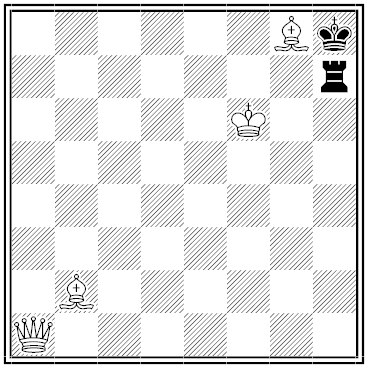Titles of actual publications collected by librarian Eric v.d. Luft:
How to Abandon Ship (1942)
How to Abduct a Highland Lord (2007)
How to Attract the Wombat (1949)
How to Avoid Intercourse With Your Unfriendly Car Mechanic (1977)
How to Be an Ocean Scientist in Your Own Home (1988)
How to Become Extinct (1941)
How to Boil Water (1976)
How to Break Out of Prison (2003)
How to Bribe a Judge (2002)
How to Buy an Elephant (1977)
How to Deep-Freeze a Mammoth (1986)
How to Dig a Hole to the Other Side of the World (1979)
How to Embalm Your Mother-in-Law (1993)
How to Get a Gorilla Out of Your Bathtub (2006)
How to Hold a Crocodile (1981)
How to Label a Goat (2006)
How to Ride a Tiger (1983)
How to Run a Bassoon Factory (1934)
How to Tell a Blackbird From a Sausage (2007)
How to Tell If Your Boyfriend Is the Antichrist (2007)
How to Travel With a Salmon (1994)
How to Trick or Treat in Outer Space (2004)
How to Wreck a Building (1982)
The list was begun by librarians at Bowdoin College in the 1970s; Luft inherited it there and has maintained it ever since. He published a selection in 2008 as The Inscribed List: Or Why Librarians Are Crazy. “We librarians don’t go deliberately looking for these little nuggets of delight,” he writes. “We don’t have to. They just appear.”





